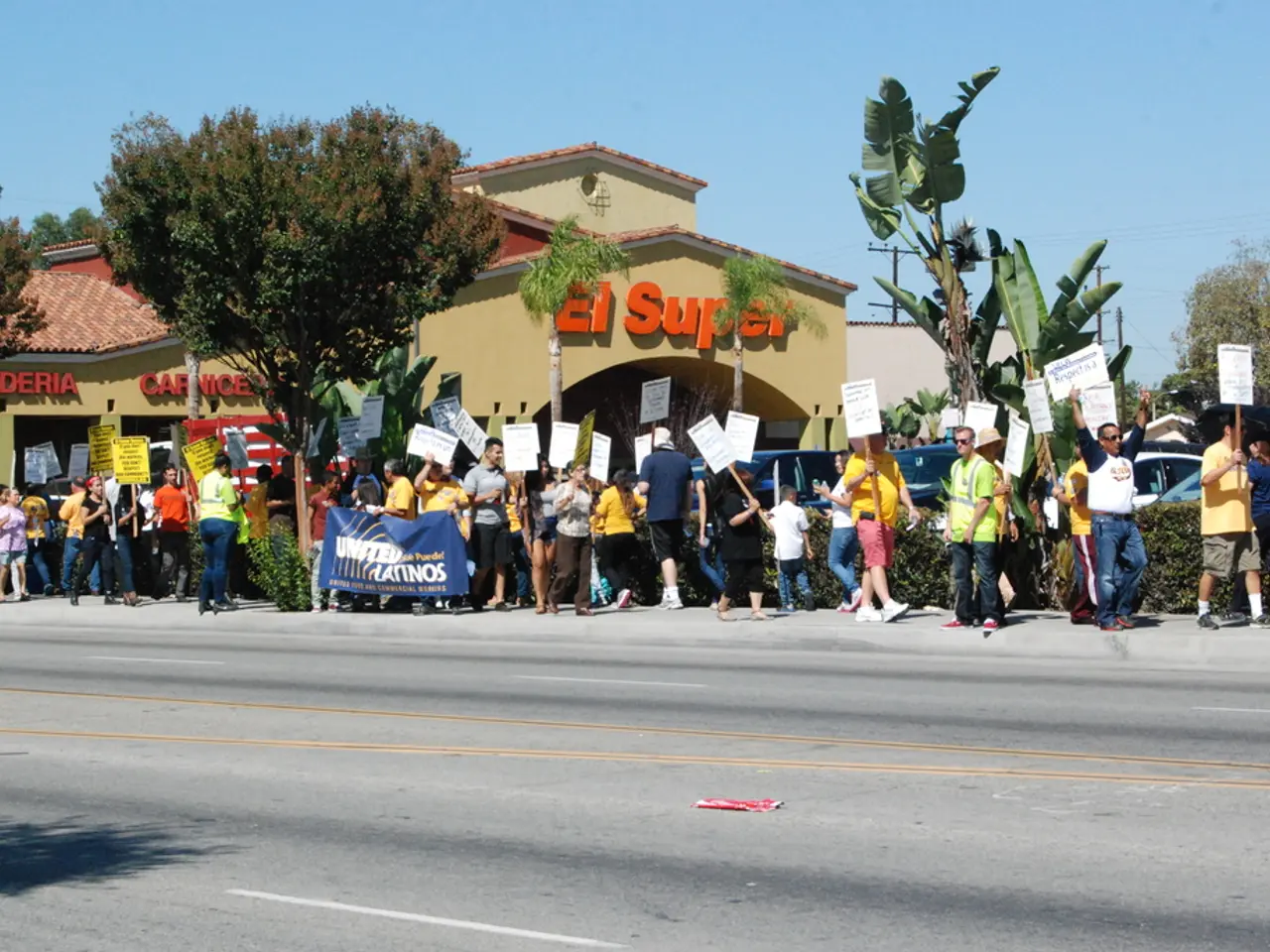Indigenous Dwelling Settlement, Known as Aboriginal Tent Embassy
================================================================================
The Aboriginal Tent Embassy, established in 1972 on the lawns of Parliament House in Canberra, holds profound significance as a powerful symbol of Indigenous sovereignty and resistance in Australia’s history. It marked a direct and ongoing protest against the Australian government’s failure to recognise Aboriginal land rights, serving as a highly visible assertion of Indigenous peoples’ claims to nationhood and political self-determination.
Key aspects of its significance include:
- The Embassy became the longest-running protest in Australia’s history, symbolising the resilience and determination of First Nations peoples in their struggle for rights and recognition.
- It was a catalyst for Indigenous activism, highlighting issues such as land rights, legal recognition, and equal access to political power.
- The Embassy was inspired by global Indigenous and civil rights movements and helped energize a wave of Aboriginal-led initiatives, such as the Aboriginal Legal Service in Redfern, which provided critical community-controlled legal aid addressing systemic injustice and police harassment.
- The protest influenced major legal and political developments including Paul Coe’s 1979 High Court case challenging British sovereignty and advocating Aboriginal legal rights—a foundation conceptually linked to the landmark Mabo decision in 1992 that legally recognised native title and overturned terra nullius.
- Symbolically, it represented an unapologetic assertion that Aboriginal people are the original custodians of the land whose sovereignty and legal rights persist regardless of colonial settlement.
Just under six months after the Tent Embassy was established, the Federal Government introduced legislation to prohibit camping on Commonwealth lands in Canberra, leading to the removal of the tents. However, the Embassy was re-established three times before the government backed away. The Aboriginal Tent Embassy remained in existence until February 1975, when it was negotiated to be removed by Charles Perkins and the Minister for the Australian Capital Territory.
The Aboriginal Tent Embassy was officially recognised in 1995 through its listing on the National Estate by the Australian Heritage Commission. The first flag to fly at the Embassy was black, green, and red, representing the people, the land, and the blood shed by Aborigines. Within three months of its establishment, the Embassy set up a mailbox and began receiving overseas mail.
The establishment of the Aboriginal Tent Embassy was a response to the Coalition Government’s failure to recognise the land rights of Indigenous people. Local Kooris met in East Sydney to plan their response to the government’s announcement and decided to set up a Tent Embassy on the lawns of Parliament House. Four Aboriginal activists, Billy Craigie, Tony Coorey, Michael Anderson, and Bertie Williams, were the first to set up the Tent Embassy on the coldest winter in 38 years.
The Aboriginal Tent Embassy was not only a protest site but an enduring symbol of Indigenous political activism and assertion of sovereignty, contributing significantly to social change, legal recognition, and community empowerment in Australia’s Indigenous heritage. The Embassy was inspired by legendary activist Jack Patten, who established the New South Wales branch of the Aborigines Progressive Association in 1937 and the Committee for Aboriginal Citizenship Rights in 1938.
The Gurindji tribe of the Northern Territory began a landmark struggle for Aboriginal justice with a strike on the Wave Hill Cattle Station in 1966, while in 1967, a referendum changed sections of the Constitution that mentioned Aboriginal people, allowing them to vote and be included in the census. The term 'Embassy' for the Aboriginal Tent Embassy was seen as implying a sovereign state by the government, as it cut across their objection to separate development and was considered kindred to apartheid.
In conclusion, the Aboriginal Tent Embassy stands as a testament to the resilience and determination of Indigenous Australians in their pursuit of justice and recognition. Its establishment and enduring presence serve as a reminder of the ongoing struggle for Indigenous rights and sovereignty in Australia.
[1] Scully, D. (2013). The Tent Embassy: A History of Resistance. NewSouth Publishing.
[2] Reynolds, H. (2013). The Other Side of the Frontier. NewSouth Publishing.
[3] Maddock, R. (2009). The Tent Embassy: The Inside Story of the Struggle for Indigenous Rights. Allen & Unwin.
[4] Martin, R. (2008). The Tent Embassy: A History of the Aboriginal Protest Movement. NewSouth Publishing.
- The Aboriginal Tent Embassy, a powerful symbol of Indigenous sovereignty and resistance, has been instrumental in organizing protests, activism, and social change, particularly in the realm of politics and general-news, as it highlighted issues such as land rights, legal recognition, and equal access to political power.
- The Embassy served as a catalyst for activism, energizing various Aboriginal-led initiatives, like the Aboriginal Legal Service, which were essential resources in addressing systemic injustice and police harassment, emphasizing the importance of community-controlled services.
- Resources and support from global Indigenous and civil rights movements fueled the Aboriginal Tent Embassy's efforts, inspiring both social change and the emergence of similar movements, demonstrating the interconnectedness of activism on a global scale.







